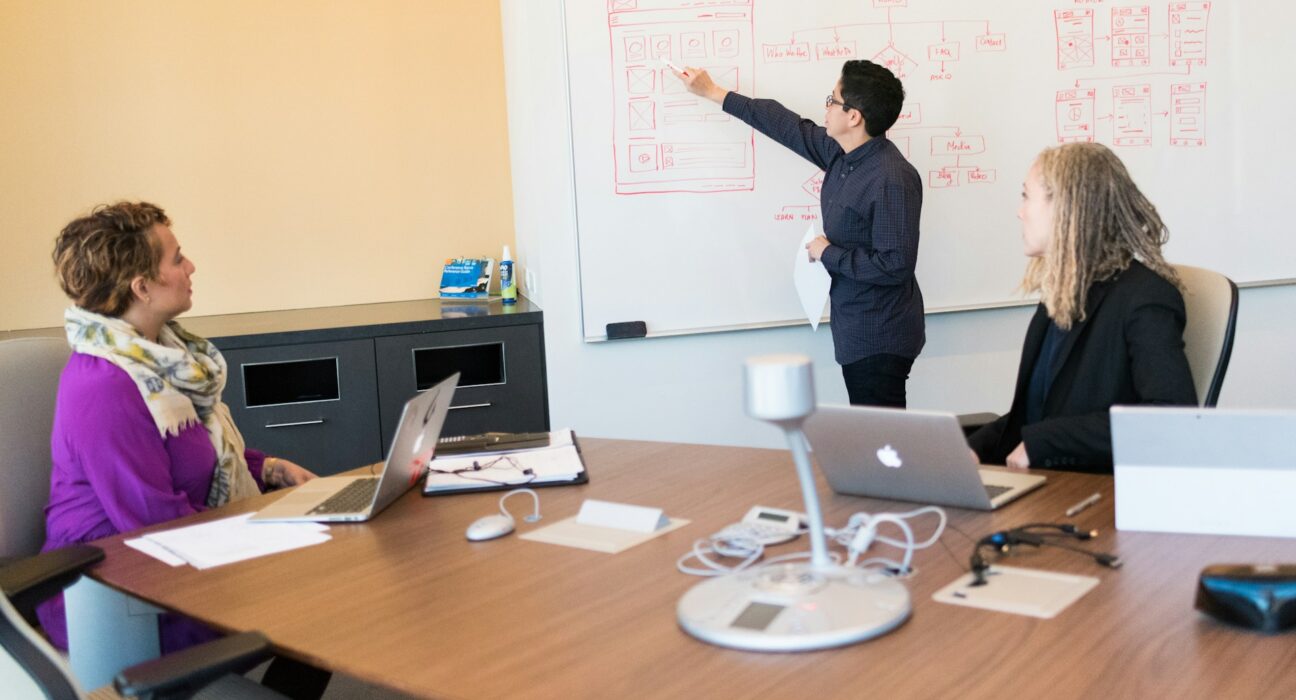When the phrase “The Great Resignation” started making waves, it wasn’t just a buzzword but a reflection of a seismic shift in the labor market. Millions of employees left their jobs voluntarily, seeking better opportunities, work-life balance, and more meaningful careers.
For businesses everywhere, this has led to a challenging period marked by higher employee turnover, difficulties in talent acquisition, and the growing importance of employee retention strategies.
With this backdrop, how can organizations effectively attract and retain employees, especially in industries facing a high demand for general labor jobs? This post dives into proven strategies to help make your organization stand out as an employer of choice, secure top talent, and build a loyal workforce.
Understanding Today’s Employee Expectations
Before tackling retention and acquisition strategies, it’s essential to understand why people are leaving. Employees today value more than just a paycheck; they want meaningful work, flexibility, and a strong sense of belonging. Here are three insights into the modern employee mindset:
- Flexibility is king
Whether it’s the option to work remotely or flexible schedules, employees are prioritizing roles that give them better work-life balance. Businesses that continue to stick to rigid frameworks will struggle to retain and attract talent.
- A focus on purpose-driven work
More than ever, employees are looking for roles that align with their personal values and goals. They want to feel that their contributions matter and are part of a bigger picture.
- Career development opportunities
Employees want to grow. Companies that invest in skill-building, mentorship programs, and career progression pathways gain an edge in retention and acquisition.
A successful strategy begins by understanding these expectations and weaving them into your workplace culture.
Optimize Employee Experience for Retention
Employee turnover is expensive, disruptive, and can damage team morale. To combat this, organizations must focus on improving the employee experience. Here’s how:
Build a culture of recognition
A simple “thank you” can go a long way. Celebrating achievements—big or small—instills a sense of pride and belonging in employees. Establish peer recognition programs alongside formal ones to build a culture of appreciation.
Regularly gather feedback
Make employees feel heard by conducting regular, anonymous surveys to gauge their feelings about the workplace. Act on this feedback promptly to show your commitment to creating a better environment.
Prioritize mental health and well-being
Stress and burnout are key contributors to resignations. Support employees by offering mental health resources, promoting work-life boundaries, and encouraging time off.
Competitive Compensation Packages Are Non-Negotiable
While flexibility and culture are critical, compensation remains a fundamental driver for retaining employees. Today’s job seekers do their research and know their worth.
Benchmark salaries
Research market rates for your industry, especially when recruiting for general labour jobs. Offering competitive pay ensures you stand out during talent acquisition.
Go beyond the paycheck
Benefits matter just as much. Health insurance, retirement plans, paid parental leave, and wellness perks are attractive incentives that signal you value your employees.
Consider performance-based rewards
Tie rewards to achievements—whether through bonuses, profit-sharing, or additional time off. This shows you champion hard-working employees.
Upskilling and Career Development Are Key
Investing in employee development pays off in multiple ways. Employees remain loyal to companies where they see growth opportunities. At the same time, organizations avoid costly recruitment by nurturing in-house talent.
Offer training programs
Create structured training programs that elevate employee capabilities, whether through workshops, e-learning, or sponsorship of industry certifications.
Promote from within
Internal promotions show you’re invested in employee growth. Employees are far less likely to leave if opportunities for advancement are readily available.
Encourage lateral movement
Sometimes, employees want a change of pace. Facilitating cross-functional training or lateral promotions can prevent stagnancy while retaining talent.
Streamline Recruitment for Talent Acquisition
When acquiring new talent, time is of the essence. A slow hiring process risks losing top candidates to faster-moving competitors. Optimize your recruitment process with the following strategies:
Leverage automation
AI-powered tools can simplify and speed up screening processes, ensuring efficiency even when hiring for high-volume positions like general labor jobs.
Create impactful job descriptions
Highlight not just the role but also your company’s perks, values, and unique culture. Candidates should feel they’re applying for more than just a job—they’re applying for an experience.
Build a strong employer brand
Maintain a consistent online presence showcasing your workplace culture. Positive reviews, testimonials, and success stories speak volumes to potential candidates.
Create a Sense of Community at Work
Today’s workforce places a high premium on connection. Employees who feel a sense of belonging and camaraderie are less likely to seek opportunities elsewhere.
Host team-building activities
Whether it’s casual happy hours, charity events, or team retreats, provide opportunities for coworkers to bond in meaningful ways.
Encourage inclusion
Support diversity and inclusion initiatives to ensure everyone has a voice and feels valued.
Communicate openly
Foster trust by keeping communication channels open, transparent, and accessible at all levels of the organization.
Long-Term Planning for Workforce Sustainability
The Great Resignation is neither the first nor the last disruption businesses will face in retaining talent. To stay resilient in the face of uncertainty, organizations need a strong foundation and forward-thinking strategies:
- Conduct workforce planning to anticipate future needs and challenges based on your organization’s growth trajectory.
- Build leadership pipelines by identifying high-potential employees and providing them with leadership training.
- Regularly revisit policies to ensure they align with evolving employee expectations.
Businesses that remain proactive rather than reactive are the ones that thrive, even amidst workforce challenges.
Future-Proof Your Workforce Strategy
The challenges of employee turnover and talent acquisition during the Great Resignation have made it clear—prioritizing the employee experience and offering competitive benefits is no longer optional. Companies that invest in retention strategies and elevate their hiring processes position themselves as frontrunners in the race for top talent.
Your employees are not just workers—they are your organization’s most vital resource. Treat them as such, and you’ll enjoy higher retention rates, reduced recruitment costs, and a workplace people love being part of. For more expert insights into creating a sustainable workforce strategy, explore how your organization can future-proof its way to success.








Leave feedback about this